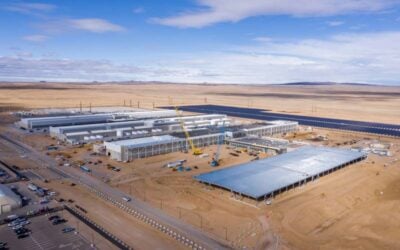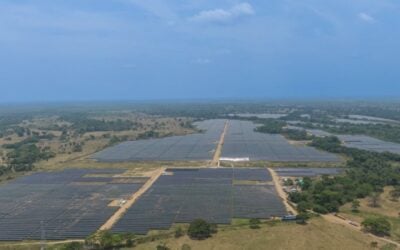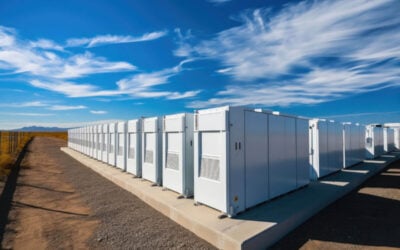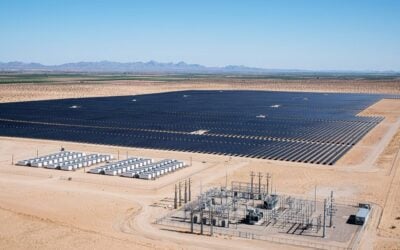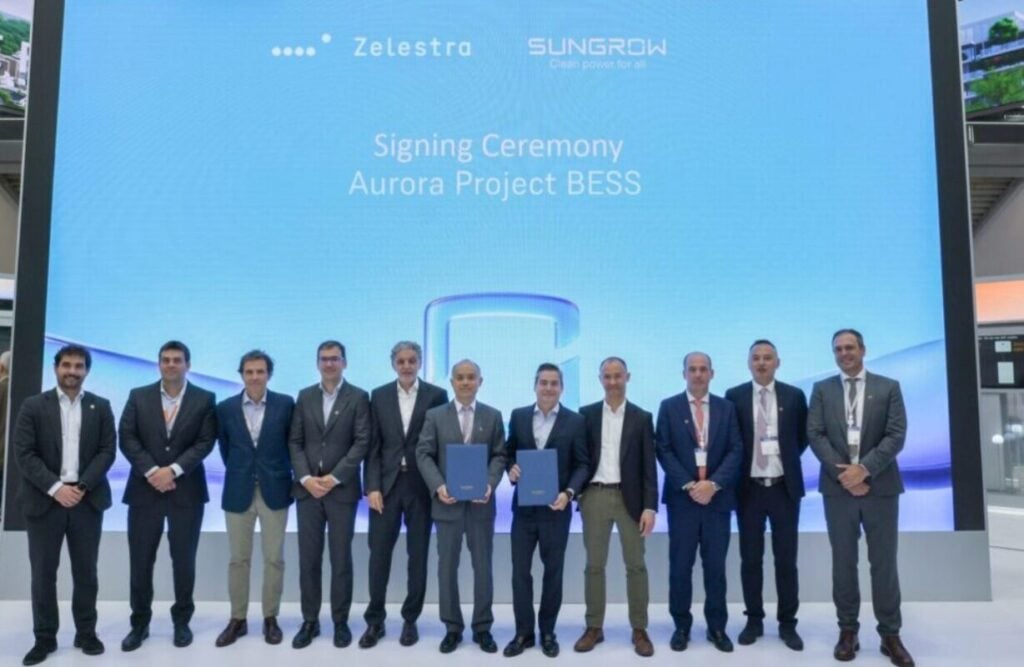
Developer and independent power producer (IPP) Zelestra has ordered 1GWh of BESS technology plus PCS equipment from Sungrow for a project in Chile.
Sungrow will provide its PowerTitan 2.0 battery energy storage system (BESS) for the hybrid Aurora project in Tarapaca, Chile, which will also utilise the company’s new 1+X modular inverter for a 220MW solar PV array.
Enjoy 12 months of exclusive analysis
- Regular insight and analysis of the industry’s biggest developments
- In-depth interviews with the industry’s leading figures
- Annual digital subscription to the PV Tech Power journal
- Discounts on Solar Media’s portfolio of events, in-person and virtual
The project will provide power to utility Abastible outside of solar generation hours via a power purchase agreement (PPA) signed with Zelestra in March.
Construction is already underway on the Aurora project and Sungrow will deliver the BESS units in Q4 2025. The PowerTitan 2.0 is an AC block meaning it has power conversion system (PCS) integrated into the same 20-foot unit as the batteries.
Leo Moreno, CEO of Zelestra said: “With this major agreement, we have secured some of the most advanced BESS technology available in the market to deliver one the largest battery storage projects ever in Latin America.”
Zelestra, owned by private equity firm EQT, has 1.7GW of projects contracted, in construction or in operation in Latin America and a total portfolio of 7GW.
Chile is a hotbed of grid-scale BESS activity as the country looks to reduce huge curtailment issues for its existing operational PV capacity and integrate the future pipeline.
Last month around 2GWh came online in the country as detailed yesterday in an ESN Premium article, primarily from projects belonging to IPP Atlas and investor ContourGlobal.
April also saw progress on projects totalling 4.2GWh of BESS capacity annouced by Atlas, utility Colbun and investor Glenfarne Asset Company.
The BESS market in Chile and its necessity for the country’s solar PV market was the subject of a deep-dive article in a recent edition of Solar Media’s quarterly journal PV Tech Power.

